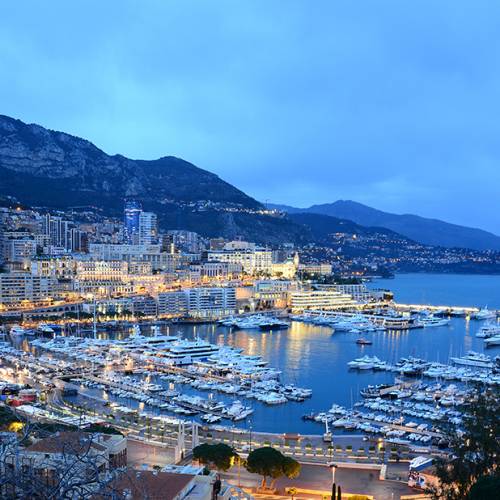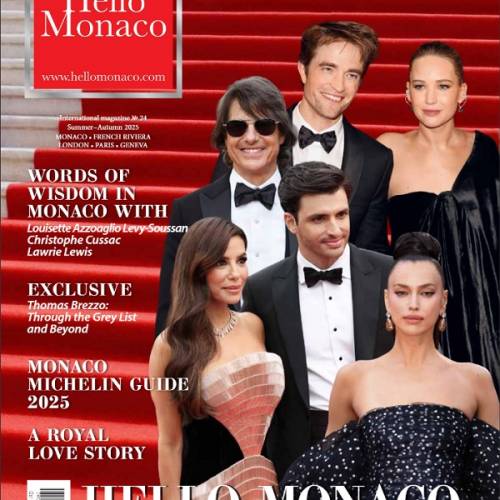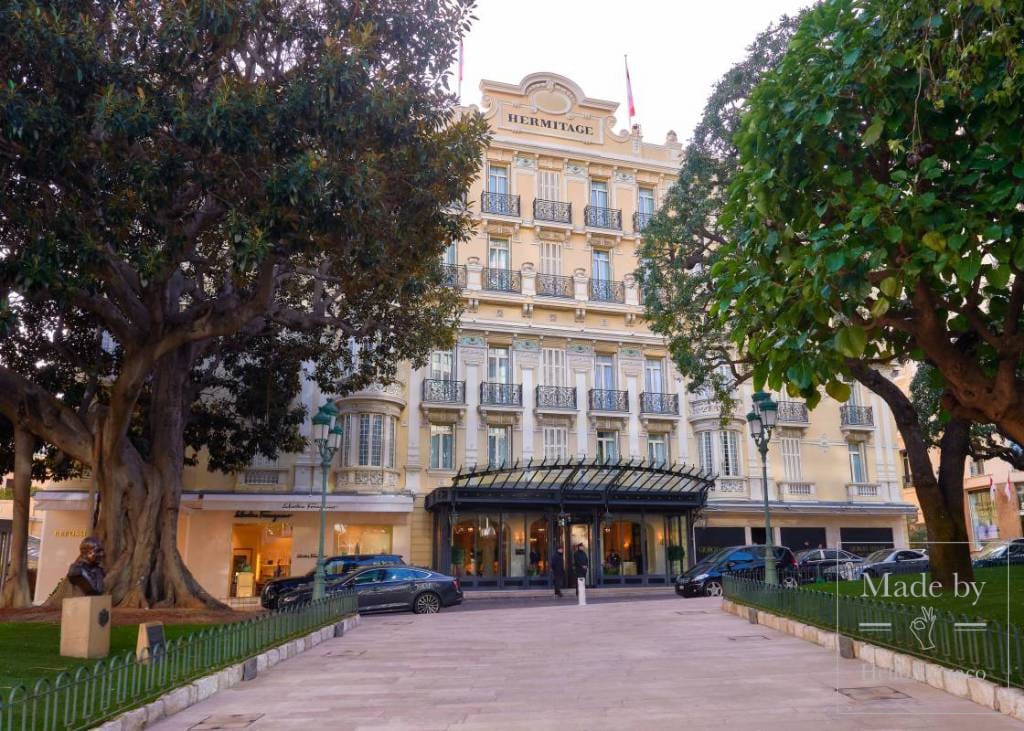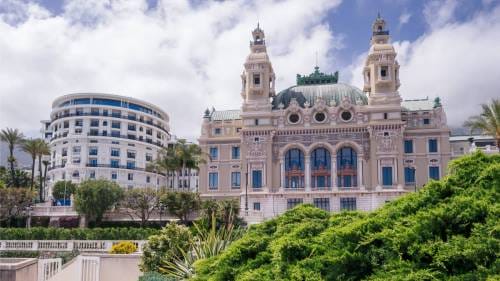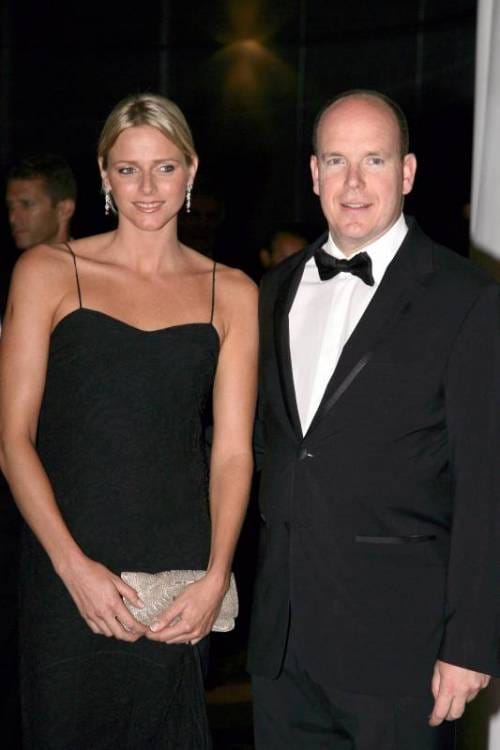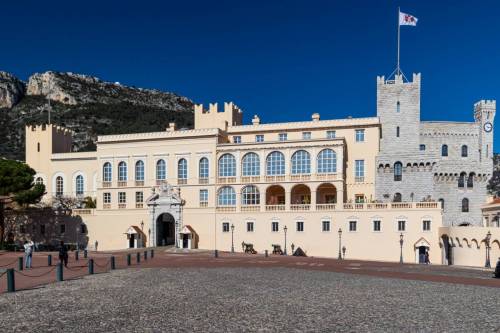Winter is traditionally a period when the entire world is hibernating in anticipation of spring. The history of the Principality suggests the opposite, however. Winter in Monaco has often been the time for important political and economic decisions, those of life-changing tax reforms or transition to a constitutional monarchy. And one February night, Monegasques experienced a shock of quite another kind — a rare natural cataclysm…
1869
The reign of Prince Charles III turned out to be a period of unprecedented prosperity for the Principality, with the splendid Casino opening in the Monte-Carlo area. These were the times of major economic reforms, laying the foundation for the tiny state’s wealth. One of the vital steps taken by Charles III was the abolition of tax. Nowadays, during the financially challenging pandemic times, it is hard to imagine that Monaco flourished to the point of being able to free its population from tax. Thanks to this decision, however, the Opera House was constructed in 1869 and also several museums, including the Monaco Oceanographic Institute.
Charles III’s reign was indeed pivotal for the Principality’s political and economic life. That’s when the foundations for diplomatic relations between Russia and Monaco were laid. A Customs union was signed between Monaco and France, introducing trade duties for crossing borders. At first, however, those measures were not sufficient to patch up the holes in the country’s budget.
In 1863, Charles III signed a decree for the creation of a group which was to deal with upgrading the coastal route — the line that later affected the small country’s entire territory. This is how and when the legendary Société des Bains des Mer saw the light.
In those years, gambling houses in Europe were banned. That’s when the Monaco sovereign decided to take his chance, betting on … white (‘blanc’ in French). He invited the famous Blanc brothers, owners of gambling houses in Paris and Homburg, to run the Monaco Casino. To get the “Wizard of Homburg”, François Blanc, Charles III had to be creative. His ever supporting mother, Caroline Gibert de Lametz, first got his wife Marie Blanc on her side, charming her with the benefits of the Mediterranean climate.
The Monaco Casino thus opened its doors to its first visitors. Because of the gambling houses’ ban in Europe, nobility flooded to the Principality. The statistics spoke for themselves: in just five years, over 150.000 tourists from different countries, including America, visited Monaco.
In its first year the Casino brought in 800,000 francs to the Principality’s budget — and in three years, 2 million francs. In 1865, upon Blanc’s initiative, the Hôtel de Paris was built, followed by the legendary Casino and, in 1868, the Café de Paris. This rapidly expanding urban area with its beautiful buildings was named Monte-Carlo. And the “Wizard of Homburg” was promptly renamed “Wizard of Monte-Carlo”.
From then on, the first director of the Société de Bains de Mer and the Monaco Gambling House, was able to transfer 15 % of its income to the Principality. Thanks to this stable financial inflow, Monaco became prosperous again, with lots of tourists eager to visit.
To improve the country’s accessibility, the Prince signed a new agreement with France, laying the Nice — Genoa railway through Monaco.
Charles III also started minting his own gold coins and issuing postage stamps. On February 8, 1869, to the great joy of his subjects, he abolished personal, land and property tax. 20 years later, in 1887, taxes paid by the Société de Bains de Mer accounted for 95 % of all state revenues, allowing the Prince to give his population total tax relief.
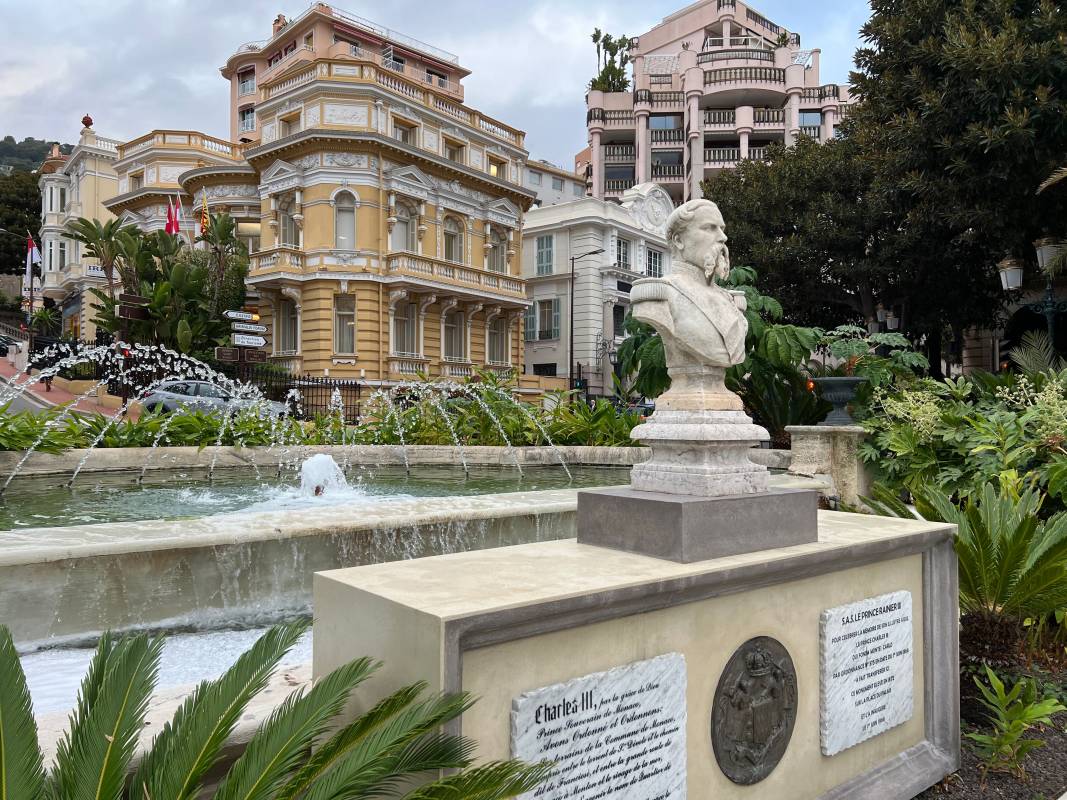
1887
Another life changing event for the country was the February earthquake of 1887. One of the largest in regional history, it brought about some serious destruction, though miraculously sparing the Principality from any casualties.
At 6 am, on February 23, the last day of the carnival before Lent, a dull noise was heard from the ground, furniture started moving and the walls began cracking … After the initial wave of quakes, frightened people ran into the street many wearing only their nightgowns. Eyewitnesses at the time recall, however, that tourists did not get taken totally by surprise, trying to save as many jewels as they could carry. Panic stricken in the crowd, they lost some of them scattering them on the way. Hotel lobbies and corridors were eventually strewn with diamonds, sapphires and emeralds.
Casino Square was packed full. Someone suggested leaving on the first train, but the rails had already been pulled up altogether by the quake … Certain people were trying to bribe coachmen to leave the danger zone as soon as possible. Others were seeking shelter on their yachts watching the earthquake from the sea. Most simply trusted themselves to the Almighty’s will and prayed for salvation …
In the afternoon, the earthquake calmed down and the panic somehow subsided. People remained on the alert, however, and for a reason. By the evening, seismic activity resumed. Tourists and Monegasques were refusing to return to their lodgings. Squares, gardens and the streets of Monaco eventually filled up with tents and bonfires were blazing at dusk.
The last panic wave hit the Principality’s residents and visitors the next night, when the last tremors were heard. The earthquake with its epicenter in Liguria affected some 80,000 people. 635 residents of Imperia died, more than 500 were injured. The French Riviera counted and deplored the tragedy of its 8 dead and 51 wounded. The fact that no one was killed in Monaco was nothing short of a miracle.
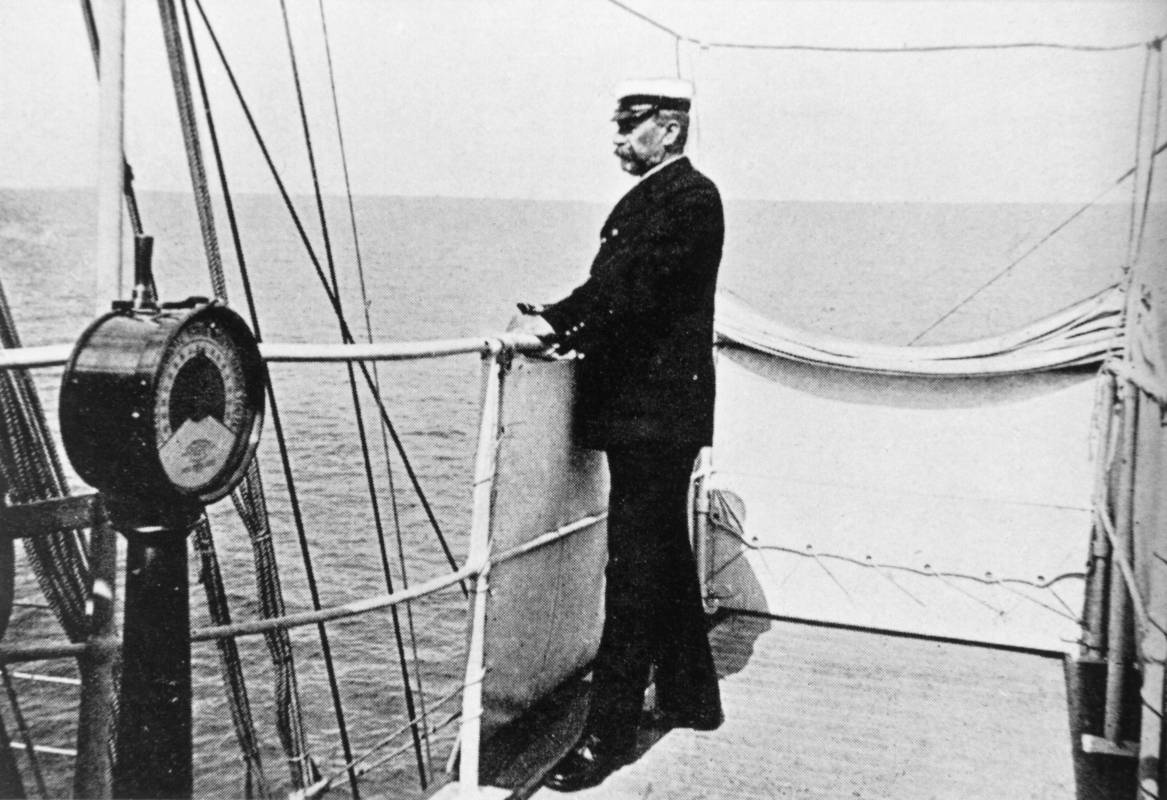
1911
The winter of 1911 was marked by some major political events in the life of Monaco. On January 5, the Principality’s Constitution was adopted, with the creation of the House of Representatives, naturally replacing “absolute monarchy” as a form of government.
Prince Albert I adopted the Constitution upon demand of Monaco’s population otherwise threatening to overthrow him and establish a Republic, like neighbouring France. At the time, Monaco residents were unhappy with the strong French presence both in their politics and economy. Unemployment was ravaging the country. The new Constitution gave satisfaction to his people, restoring the country’s finances and preserving a social balance.
According to the new Constitution, approved by Albert I, the legislative power in Monaco was divided between the Sovereign and the National Council elected by universal suffrage. Interestingly, Albert I was not the first reigning Prince of Monaco to consider creating a Constitution. His grandfather Florestan I tried to pass it twice in 1848, but the political situation was not favourable back then.
Throughout the history of Monaco, the Constitution has been suspended three times by three different sovereigns, due to social and political upheavals. The first time it happened was during the reign of Albert I, on the occasion of the outbreak of the First World War. On December 24, 1930, his son Prince Louis II suspended the Constitution in response to strikes in the Principality. And finally, Rainier III, the grandson of Prince Louis, did the same on January 28, 1959 due to political unrest and the requirements imposed by the National Council.
Suspended at the outbreak of World War I, the Constitution underwent some changes and was restored in 1917. Next time it was amended was on December 17, 1962, and then in 2002, modernizing Monaco’s institutional organization, updating it to that of nowadays.

